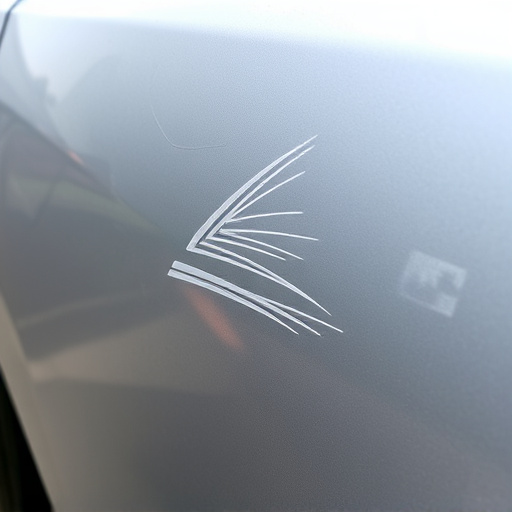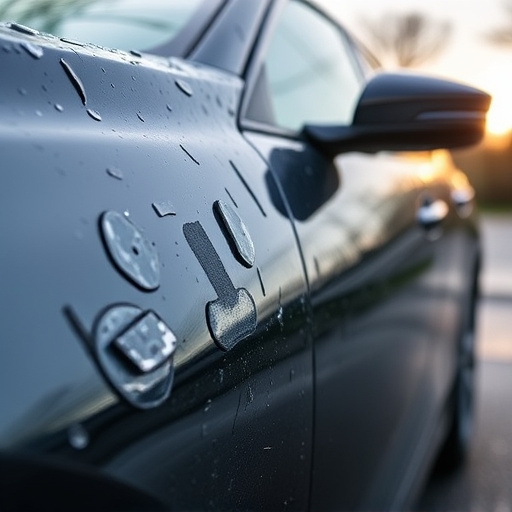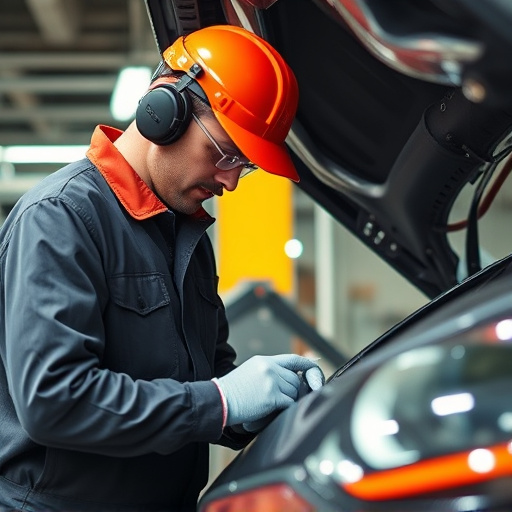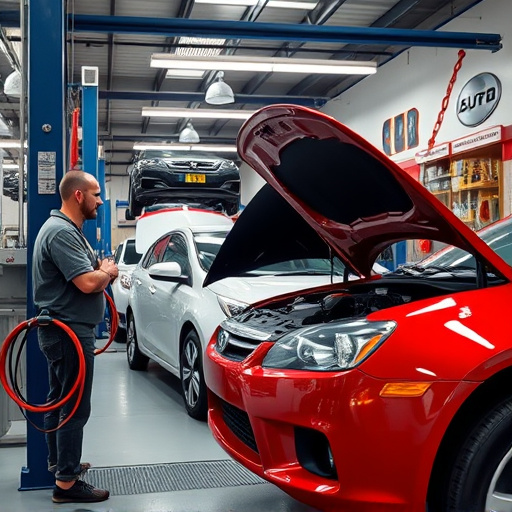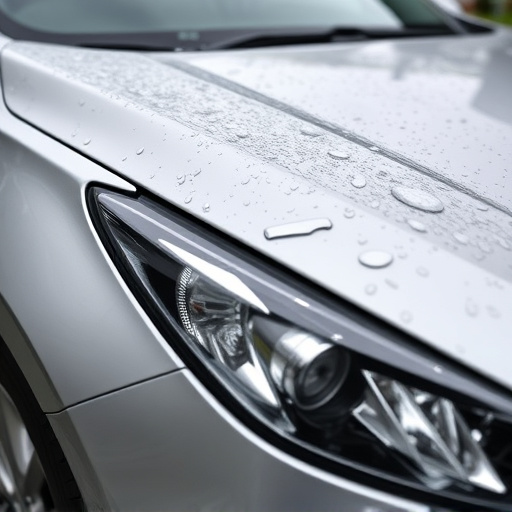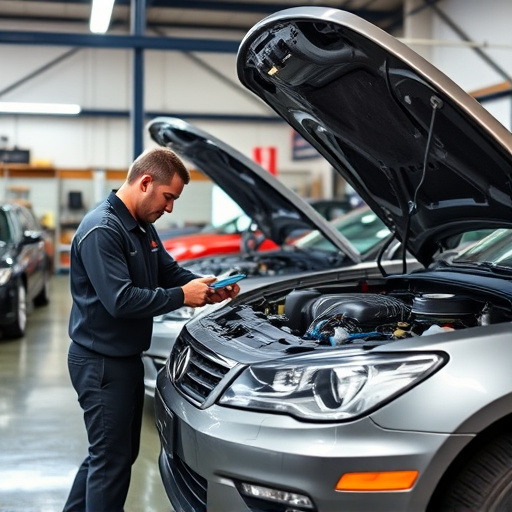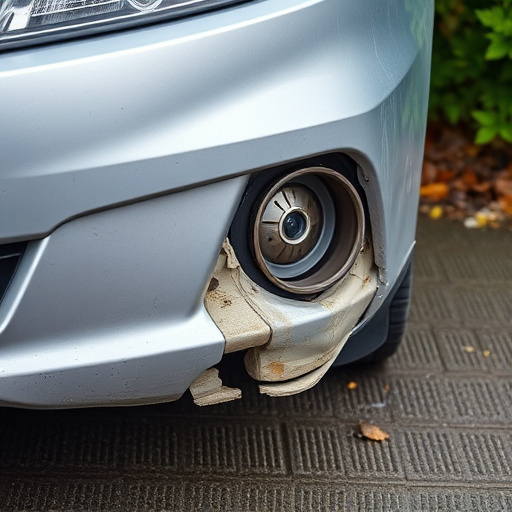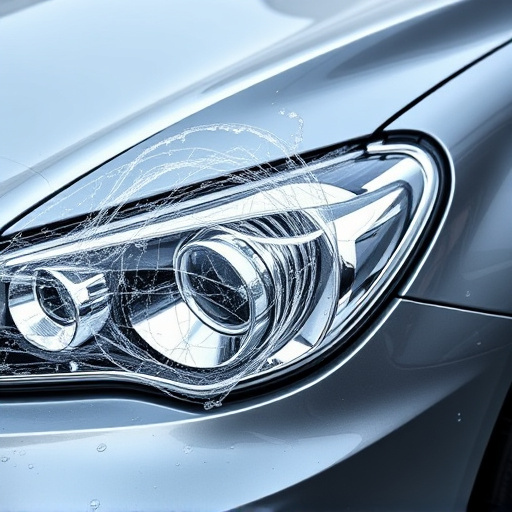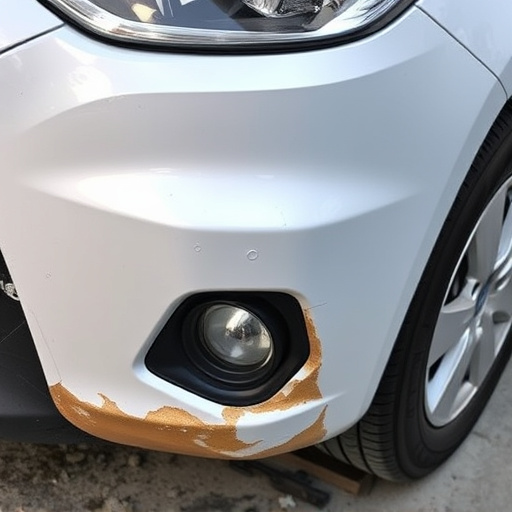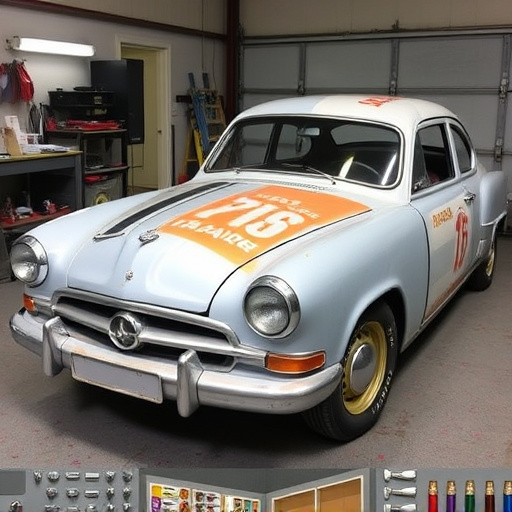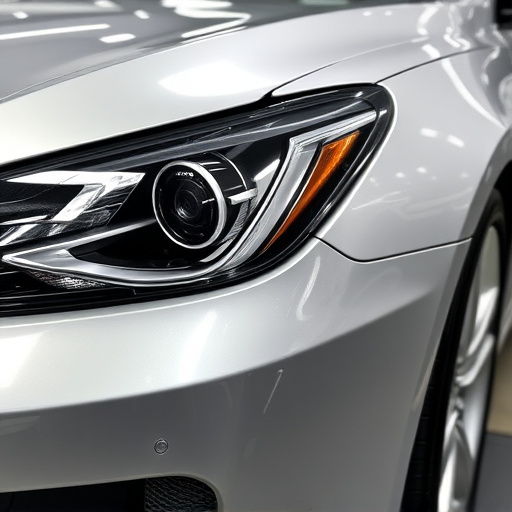ADAS recalibration glass is essential for modern vehicles, ensuring precise sensor alignment for safety features like adaptive cruise control and automatic emergency braking. Environmental factors and repairs can impact sensor accuracy, so regular calibration by trained professionals is crucial to maintain optimal safety performance and extend the lifespan of these advanced systems.
In today’s automotive landscape, Advanced Driver Assistance Systems (ADAS) are no longer a luxury but an expectation. At the heart of these systems is ADAS recalibration glass, a game-changer in vehicle technology. This innovative glass plays a crucial role in ensuring the accuracy and safety of sensor-based features like adaptive cruise control, lane keeping assist, and automatic emergency braking. By understanding its technology and benefits, car buyers can make informed decisions, enhancing their driving experience and overall safety.
- Understanding ADAS Recalibration Glass Technology
- Benefits of Using Recalibration Glass in New Vehicles
- Ensuring Optimal Safety with Regular Glass Calibration
Understanding ADAS Recalibration Glass Technology
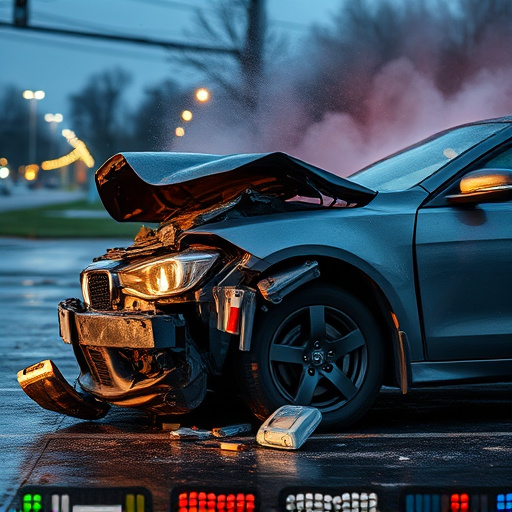
ADAS recalibration glass is an innovative technology designed to play a pivotal role in modern vehicles’ advanced driver-assistance systems (ADAS). This specialized glass goes beyond traditional auto glass, offering precise optical alignment and calibration for ADAS sensors. These sensors rely on clear, accurate visuals of their surroundings to function optimally, ensuring features like adaptive cruise control, lane-keeping assist, and automatic emergency braking work seamlessly.
When an automotive body shop replaces or repairs windshields using ADAS recalibration glass, it ensures that these life-saving systems remain accurate and effective. The process involves precise measurement and adjustment of the vehicle’s sensor calibration, accounting for any changes caused by windshield replacement or repair. This is particularly crucial in today’s smart vehicles where sensors are intricately integrated into the vehicle’s structure and software systems.
Benefits of Using Recalibration Glass in New Vehicles
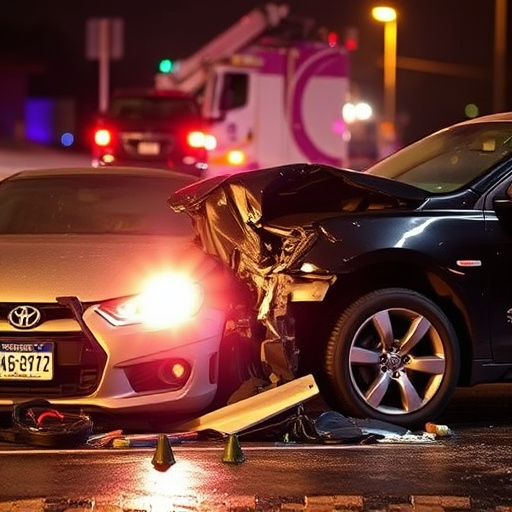
The use of ADAS recalibration glass in new vehicles offers significant advantages, enhancing both safety and performance. This specialized glass plays a crucial role in maintaining the accuracy of Advanced Driver Assistance Systems (ADAS), ensuring that features like adaptive cruise control, lane-keeping assist, and automatic emergency braking function optimally. By facilitating precise calibration, it allows these systems to accurately detect and respond to surroundings, improving overall driver confidence and road safety.
Furthermore, ADAS recalibration glass contributes to vehicle restoration by preserving the integrity of the vehicle’s bodywork. It protects against environmental factors that can cause distortion or deterioration over time, maintaining the accuracy of sensor readings vital for ADAS functionality. This not only extends the lifespan of these critical systems but also supports the overall aesthetic and value of the vehicle, reflecting a commitment to automotive restoration and advanced technology integration.
Ensuring Optimal Safety with Regular Glass Calibration
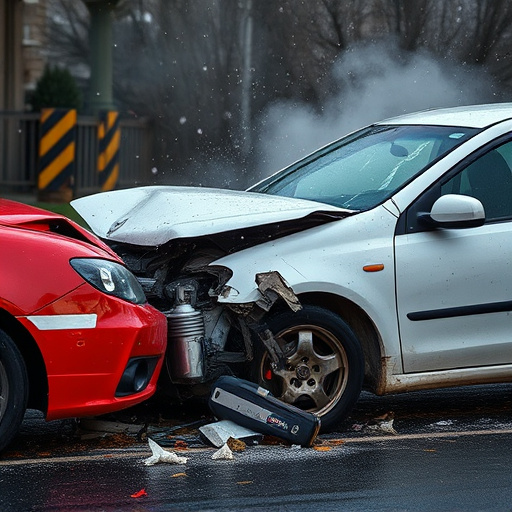
Maintaining optimal safety is paramount when it comes to modern vehicles equipped with Advanced Driver-Assistance Systems (ADAS). One often overlooked aspect in this process is regular calibration of the vehicle’s glass systems, particularly ADAS recalibration glass. These glass components play a crucial role in enhancing safety features like adaptive cruise control, lane departure warning, and automatic emergency braking. Over time, factors such as environmental changes, road conditions, and routine fender repairs or collision repair can impact the accuracy of these sensors, leading to less-than-optimal performance.
Regular calibration ensures that the ADAS glass systems operate at peak efficiency. It involves precise adjustments to maintain the integrity of the glass sensors and cameras used by the vehicle’s safety features. Automotive restoration specialists equipped with the latest tools and training are essential for performing these calibrations accurately, ensuring not just optimal safety but also extending the lifespan of the advanced driver assistance systems within new vehicles.
ADAS recalibration glass is an innovative technology that plays a vital role in ensuring optimal safety for new vehicles equipped with advanced driver-assistance systems (ADAS). By providing precise and consistent sensor calibration, this specialized glass enhances the accuracy of key ADAS features like adaptive cruise control, lane-keeping assist, and automatic emergency braking. Regular recalibration not only improves these systems’ performance but also helps reduce potential safety risks associated with sensor drift. Embracing ADAS recalibration glass in new vehicles is a proactive step towards fostering a safer driving environment for all.


